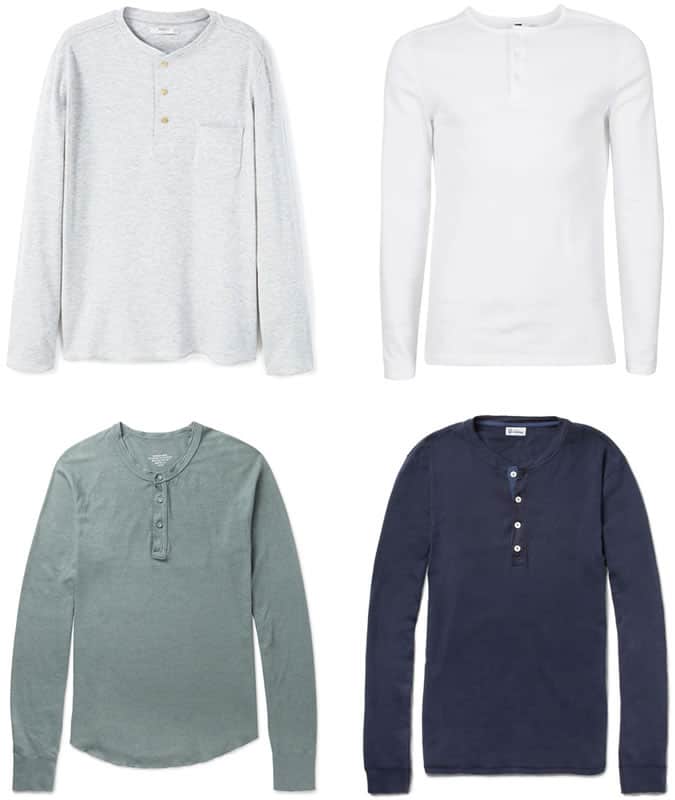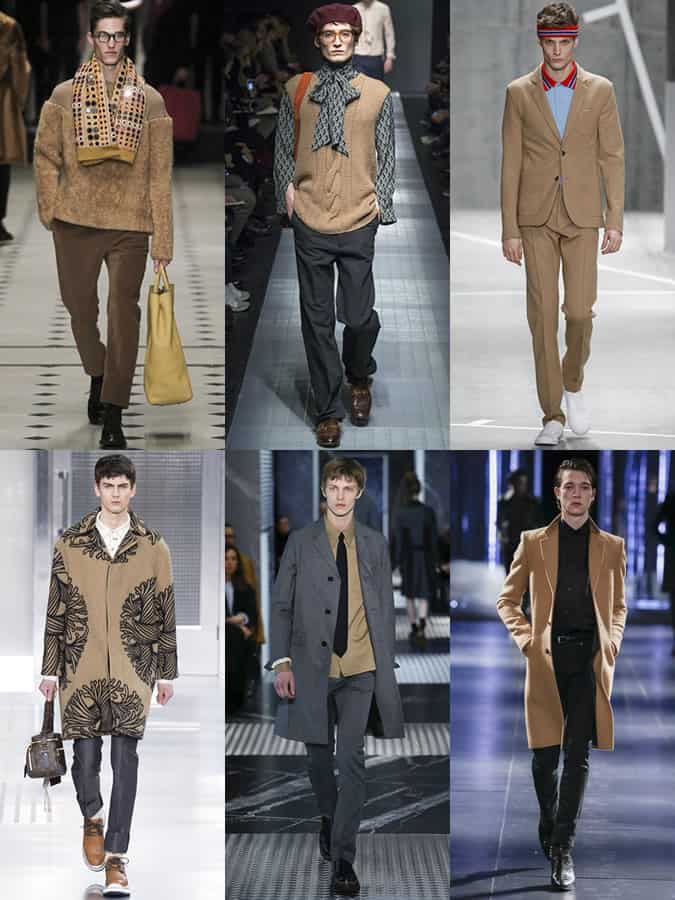A Guide To Men’s Blazer Lapels & 2014/15 Trends
Lapellation
When adding a blazer, suit or tuxedo to your wardrobe, foremost among your considerations tend to be its cut, colour, the material it’s made from and the overall style, such as single-button or double-breasted. Of course, you’d be perfectly correct to assume that these variables are indeed the most important when it comes to how a jacket looks on you – but how many of you have ever honestly considered the lapel in all its nuances? Not many, we imagine. And why would you? It’s merely a redundant affectation from the 1800s, right? Like the human appendix, it’s completely without purpose, but you’d rather it was there than not since you’ve spent many a school-uniformed year growing up with it. In actual fact, the humble lapel is vitally important to the shape of the blazer and how it sits on you. That there has only ever been three distinct styles of lapel in the entire history of menswear suggests that it isn’t something to be tinkering about with too much. But within these three styles, the size, positioning and geometry can vary massively. So to help you navigate the minefield you never knew even existed (ignorance is bliss but knowledge is better), the following guide will ensure you pick the right lapel every time.
The Peak Lapel
So called because of the pointed cut, the peak lapel can be traced back to the frock coats of Louis XIV’s reign in the sixteenth century. Historians believe they came about simply out of a necessity to keep cool by folding back the outermost part of the coat or, similarly, out of the need to keep the neck warm and dry in inclement weather. Throughout the 1920s and 1930s, the peak lapel found its way onto many single-breasted suit and dinner jackets. Yet it is most at home on a double-breasted blazer since it’s an extension of the line of the jacket and thus gives the impression of broader shoulders. Saying that, Gieves & Hawkes and Dunhill both included peaked single-breasted jackets in their recent SS15 collections as if to prove that exceptional tailoring can always break the rules and get away with it:




















